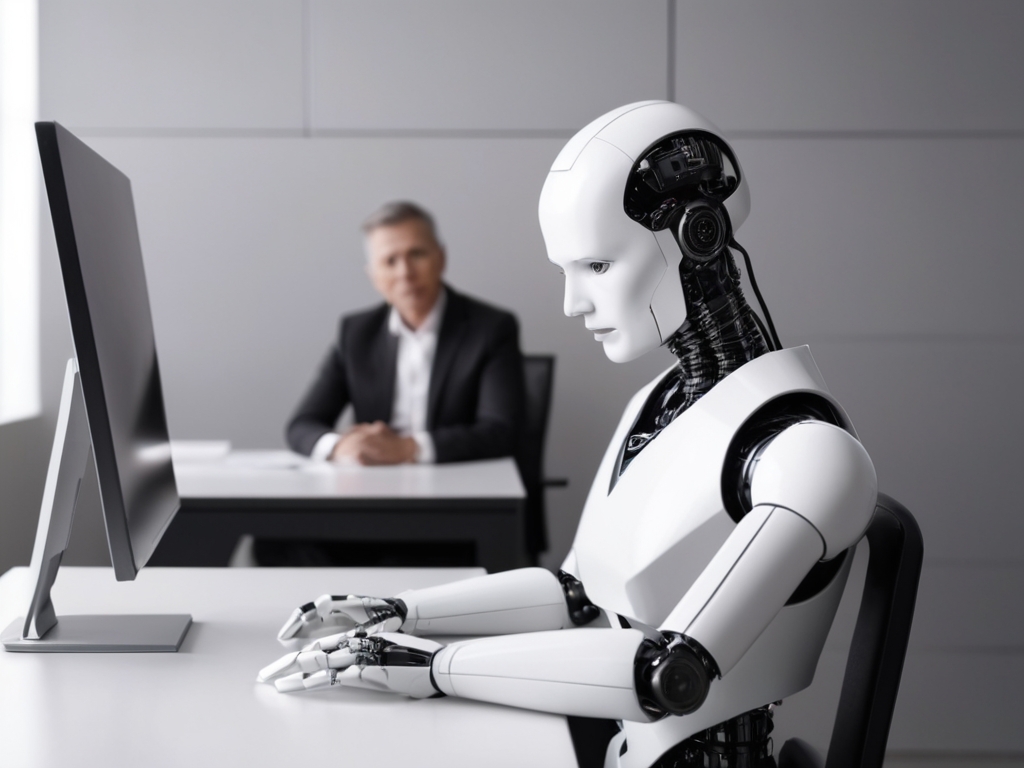Meanwhile, during this period, the OpenAI ChatGPT is increasingly used for the resume creation service. However, such an approach is driven by potential risks that job seekers can befall.
As consumer-facing tools come under the dominion of AI and enterprise adoption takes shape across an array of functions, knowledge of the bounds and risks for AI-generated résumés is a sine qua non for staying ahead in a competitive job market.
The explosive growth of ChatGPT and AI adoption
From its first introduction in November 2022, OpenAI’s ChatGPT has grown at a lightning-fast pace to become the fastest-growing consumer internet application in history.
The app had already attracted one million users in a mere five days, and within one month, the number of active users had shot to 100 million—an overwhelming achievement by all standards and measures taken against growth rates recorded by social media giants such as Twitter, Facebook, and Instagram. So far, ChatGPT commands 180 million monthly active users and is visited approximately 1.6 billion times in a month. This follows in the increased clout of AI applications across the board, from social media to professional AI tools like LinkedIn and Microsoft’s Copilot.
However, in the integration of AI into enterprise solutions, the pace is relatively slow in terms of development speeds and long procurement cycles. Thejson-enabled tools in workplaces will, however, change a lot by the giant investments from the likes of Microsoft, injecting $13 billion into OpenAI.
The pitfalls of AI-generated resumes
It can be quite tempting to use ChatGPT to create a resume; after all, it works so well and gets all the content it needs fast. But the risks involved in trusting AI with something as important as this are huge. The main one is related to personalization. Most of the help one could receive on writing a resume had been artificial intelligence-generated and, therefore, one would miss inserting personal input into the whole process that finally makes them unique among many. This often results in a resume that fails to capture the individuality and specific achievements of a job seeker well enough—therefore, one that, rather than appealing to an authentic, story-minded employer, fails to fully do so.
AI tools also do not have complete updates on the recent trends in the industry, which might not be pinpointed at specific keywords employers are looking for. Because job markets are changing at a very rapid pace, the resume one uses should probably be highly customized for the specific job position and most important for the current standards and terminologies within the industry.
That is to say, although advanced, AI-generated content at times does not fully match such nuances, hence disadvantages the candidate.
Strategies for effective resume creation
That’s where job seekers should see such AI tools as a point for starting to write their resumes, rather than an ultimate solution. Adding personal stories, detailed achievements, and customizing skills mentioned in such drafts completely changed the perspective. Make sure you constantly update even trends in your business and include every new keyword and statement reflecting today’s requirements and standards. Mentored or guided by the industry professionals themselves, they could provide insights on how a résumé could be better improved to reflect his strengths and suitability for a post. With AI efficiency and human insight combined in our processes, the resume could easily be more persuasive and personalized in the hope that this might make a difference in a tough, overcrowded job market.
Exciting as the possibilities of AI tools like ChatGPT in helping a job seeker create his or her resume may be, one should not rely on them too fully. All these risks, coupled with the lack of personalization that may bring up old, expired standards, just indicate that all this should be approached with a balanced mind. With AI at the core and linking personal experiences and insights, the candidate can develop resumes that reflect true capability and aspirations, positioning them in the best perspective for the eye of the potential employer.





